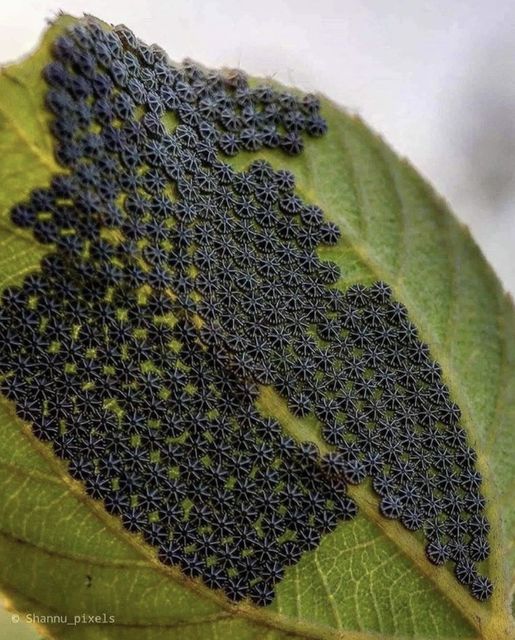One of the most interesting things about Mourning Cloak butterflies is their behavior. Unlike many other species, these butterflies hibernate during the winter. They find a cozy spot under loose bark, in a pile of wood, or even in an old shed. When spring arrives, they’re some of the first butterflies to be seen, often even before the flowers start to bloom. This early appearance is partly why they’re called Mourning Cloaks—the dark, somber wings against the stark, early spring landscape look a bit like a mourning garment.
As gardeners, we often focus on the immediate impact of insects on our plants. We see caterpillars and think, “Uh-oh, they’re going to eat everything!” But it’s important to take a step back and look at the bigger picture. The Nymphalis Antiopa butterfly is a perfect example of how nature balances itself out. Yes, the caterpillars will eat some leaves, but they’re not going to decimate your garden. In fact, by providing a habitat for these butterflies, you’re contributing to a healthier ecosystem.
So, what should you do if you find these eggs or caterpillars in your garden? My advice is to leave them be. Enjoy the process and watch the transformation. If you’re really worried about your plants, you can gently move the caterpillars to a tree or shrub where they’ll be happier and less likely to munch on your prized flowers.
Gardening is all about balance. It’s about finding harmony between the plants you love and the creatures that share your space. Next time you see something strange in your garden, take a moment to investigate before reaching for the insecticide. You might just discover something amazing, like I did with the Nymphalis Antiopa butterfly eggs.
In the end, it’s all part of the adventure. Each season brings new surprises and new challenges, but that’s what makes gardening so rewarding.
ADVERTISEMENT
